Adopt Sustainable Habits to Protect the Planet
Transitioning to an eco-friendly home is simpler than you think! By making small, intentional changes, you can significantly reduce your carbon footprint and promote sustainability. Below are 15+ green living tips to help you create a healthier, energy-efficient home while saving money and protecting the environment.
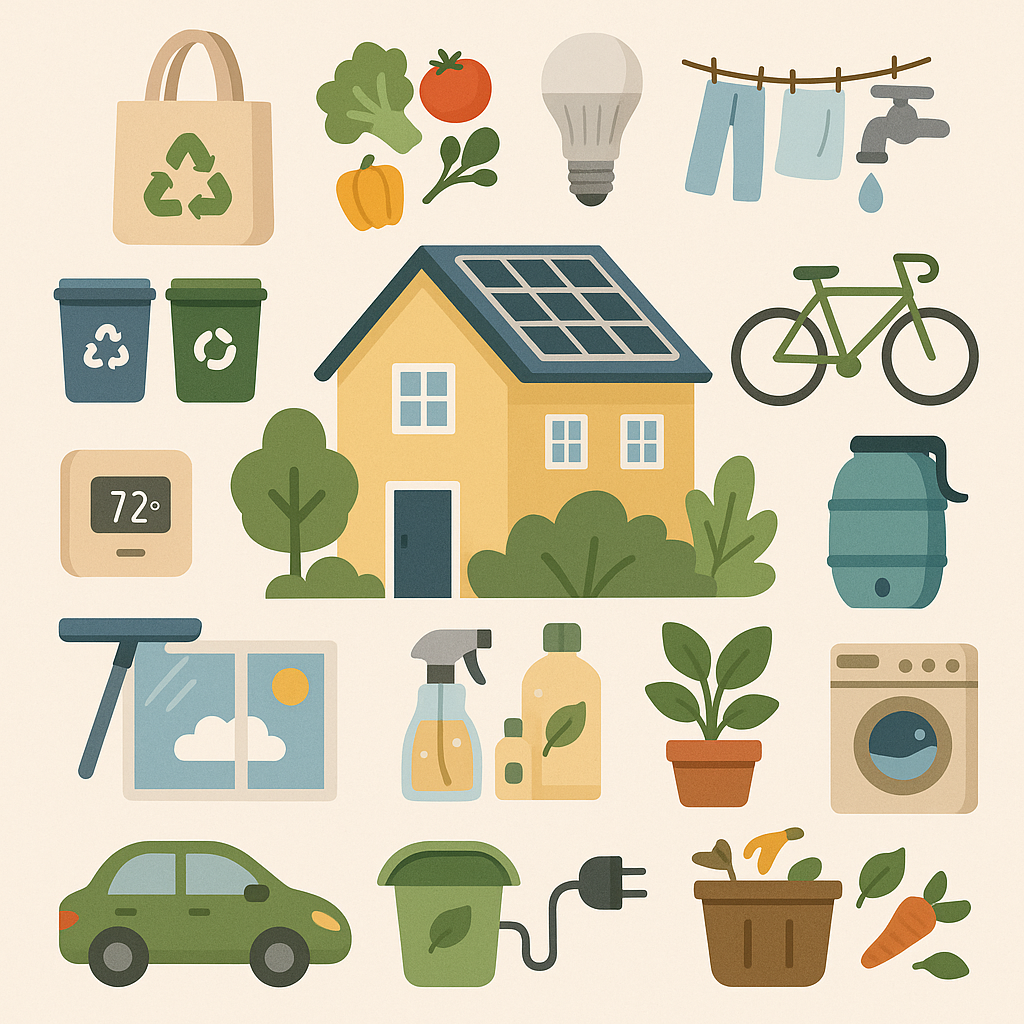
Explore these simple yet impactful green living tips to help transform your space into an eco-friendly home. From solar panels and smart thermostats to composting and reusable products, these ideas support both sustainability and savings.
Switch to LED Lighting
One of the easiest green living tips is replacing traditional bulbs with LED lights. LEDs consume 75% less energy and last 25 times longer than incandescent bulbs. This reduces electricity bills and lowers greenhouse gas emissions. Additionally, LEDs produce minimal heat, enhancing home safety. For optimal results, pair LEDs with motion sensors or timers to avoid unnecessary usage.
Transitioning to LEDs also supports global energy conservation efforts. Start by replacing high-usage bulbs in kitchens and living rooms. Over time, this simple change can save hundreds of dollars annually.

Switching to LED bulbs and using motion sensors is a smart green living tip for a more energy-efficient, eco-friendly home
Install Energy-Efficient Appliances
Upgrading to ENERGY STAR-certified appliances is a cornerstone of eco-friendly home practices. These appliances use 10–50% less energy than standard models, reducing both utility costs and environmental strain. Focus on high-energy devices like refrigerators, washing machines, and dishwashers.
Moreover, modern energy-efficient appliances often feature smart technology, allowing remote control via apps. This ensures you never leave devices running idle. Over time, the savings offset the initial investment, making this a win-win for your wallet and the planet.

Upgrading to energy-efficient appliances is a top green living tip for a more eco-friendly home
Also See: https://bouturix.com/2025-womens-fashion-trends/
Harness Solar Power
Solar panels are a game-changer for sustainable living. By converting sunlight into electricity, they reduce reliance on fossil fuels. While the upfront cost is significant, government incentives and long-term savings make solar energy a viable green living tip.
Even small steps, like solar-powered outdoor lights or chargers, contribute to energy independence. Over time, solar panels can eliminate electricity bills and increase property value.
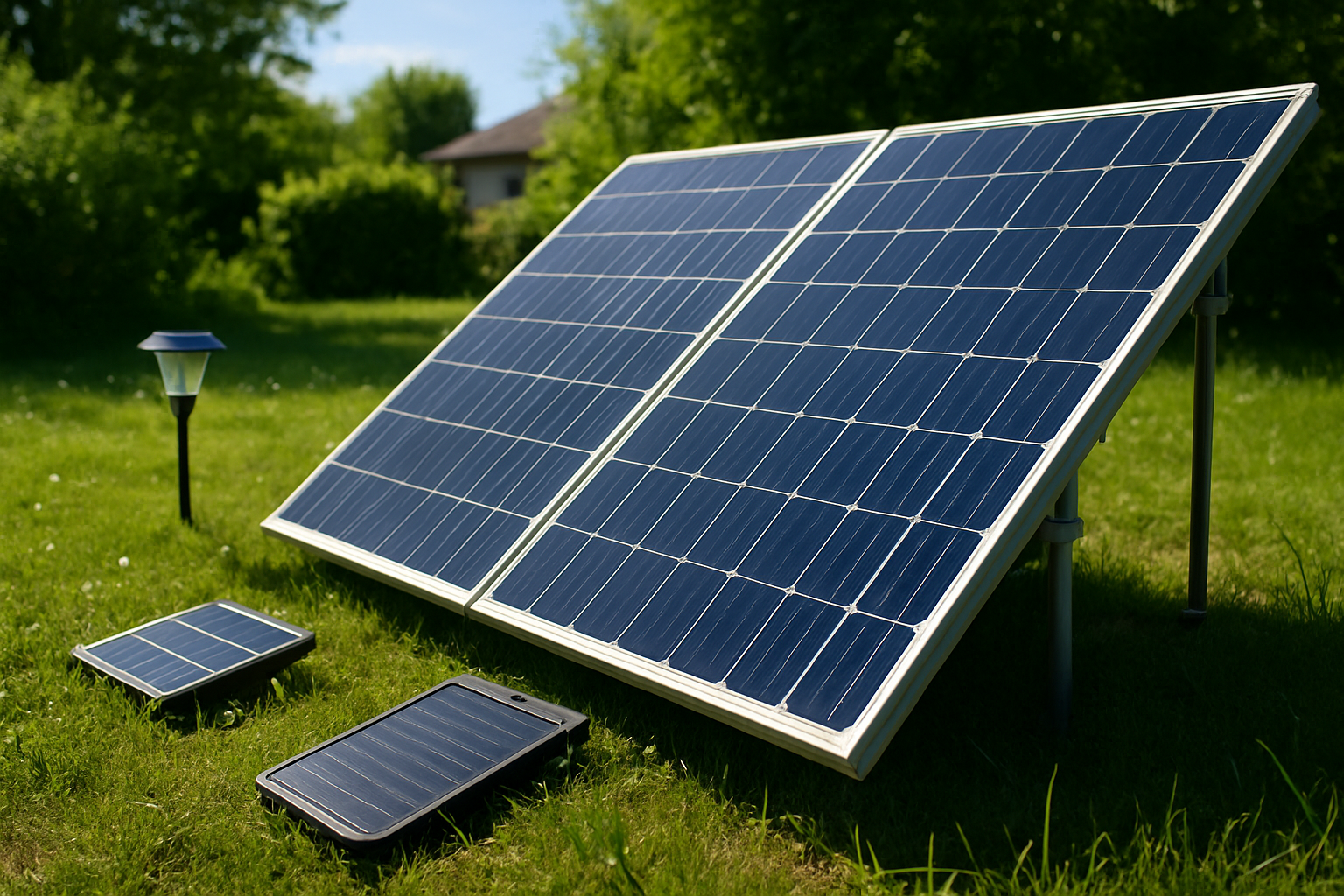
Installing solar panels is one of the most impactful green living tips for achieving an eco-friendly home. Even small additions like solar-powered outdoor lights or portable chargers can reduce your carbon footprint while cutting long-term energy costs
Reduce Water Waste
Install low-flow showerheads and faucets to reduce water consumption by 30-50%. Fix leaks promptly—a dripping tap can waste 3,000 gallons annually. Collect rainwater for gardening, and opt for drought-resistant plants. Shortening showers by just two minutes saves 10 gallons per day. Every drop counts!

Simple green living tips like installing low-flow showerheads and collecting rainwater can make a huge impact. These water-saving strategies are key to maintaining an eco-friendly home while cutting down utility bills and conserving precious resources
Choose Eco-Friendly Cleaning Products
Conventional cleaners contain harmful chemicals that pollute waterways. Switch to biodegradable, non-toxic brands or make DIY solutions with vinegar, baking soda, and lemon. These alternatives are safer for your family and the planet.

When following green living tips, choosing non-toxic cleaning solutions is a must. DIY cleaners made from natural ingredients like vinegar, baking soda, and lemon help maintain an eco-friendly home without compromising your health or the planet.
Start Composting
Composting kitchen scraps reduces landfill waste and creates nutrient-rich soil. Use a countertop bin for fruit peels, coffee grounds, and eggshells, then transfer to an outdoor compost pile. This process cuts methane emissions and enriches your garden naturally.
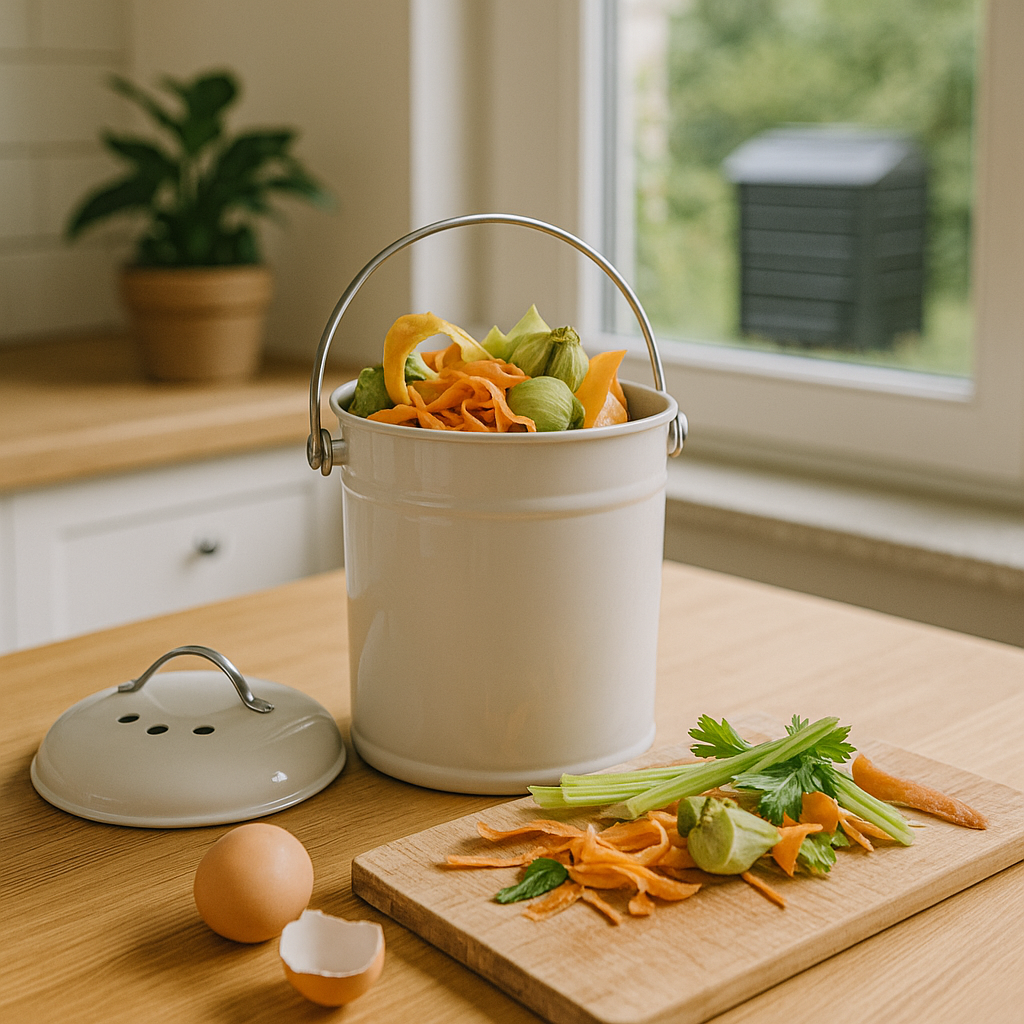
One of the easiest green living tips is composting. Keep a small bin in your kitchen for food scraps and transfer it to an outdoor compost pile. This simple habit reduces methane emissions and helps nourish your garden, supporting a truly eco-friendly home
Ditch Single-Use Plastics
Swap plastic wraps, bags, and bottles for reusable alternatives. Glass containers, silicone lids, and stainless-steel bottles are durable and toxin-free. Carry reusable shopping bags to avoid contributing to the 8 million tons of plastic dumped in oceans yearly.
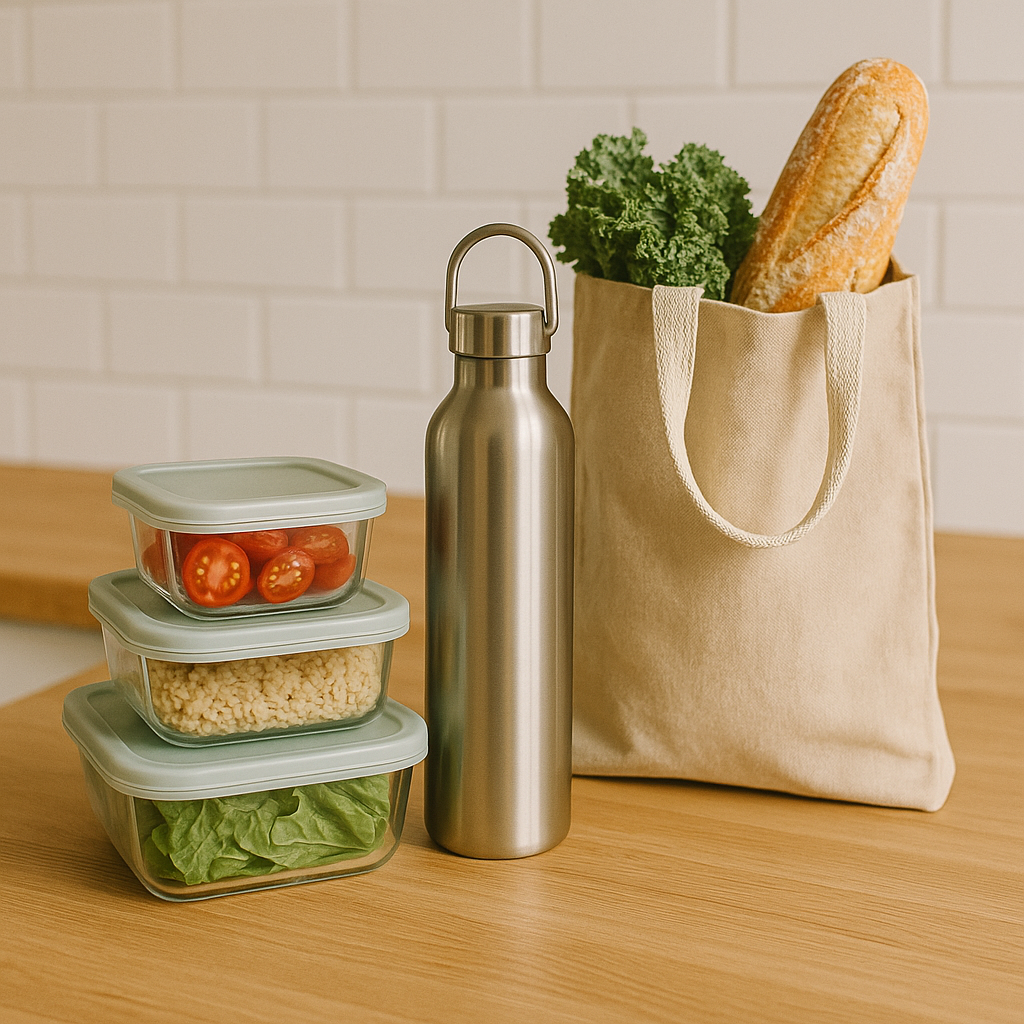
A key part is cutting down plastic use. Choose sustainable alternatives like stainless steel bottles, glass containers, and canvas bags to support a more eco-friendly home and help reduce the 8 million tons of plastic entering our oceans each year.
Optimize Heating and Cooling
A smart thermostat adjusts temperatures based on your schedule, saving up to 10% annually on energy bills. Seal windows and doors to prevent drafts, and insulate attics. In winter, lower the thermostat by 7–10°F when asleep—it can reduce heating costs by 10%.

One of the most effective green living tips is installing a smart thermostat. Pair it with sealing windows and insulating your attic to create an eco-friendly home that’s comfortable year-round and significantly more energy-efficient.
Buy Second-hand or Sustainable Furniture
Fast furniture contributes to deforestation and landfill waste. Choose vintage pieces or brands using reclaimed wood, bamboo, or recycled metal. Look for certifications like FSC (Forest Stewardship Council) to ensure ethical sourcing.

Choosing FSC-certified vintage furniture made from reclaimed wood helps reduce landfill waste and supports ethical sourcing
Minimize Food Waste
Plan meals, store leftovers properly, and freeze perishables. The average family wastes $1,500 yearly on uneaten food. Apps like “Too Good To Go” connect users with discounted surplus meals from local stores. Compost inedible scraps to close the loop.
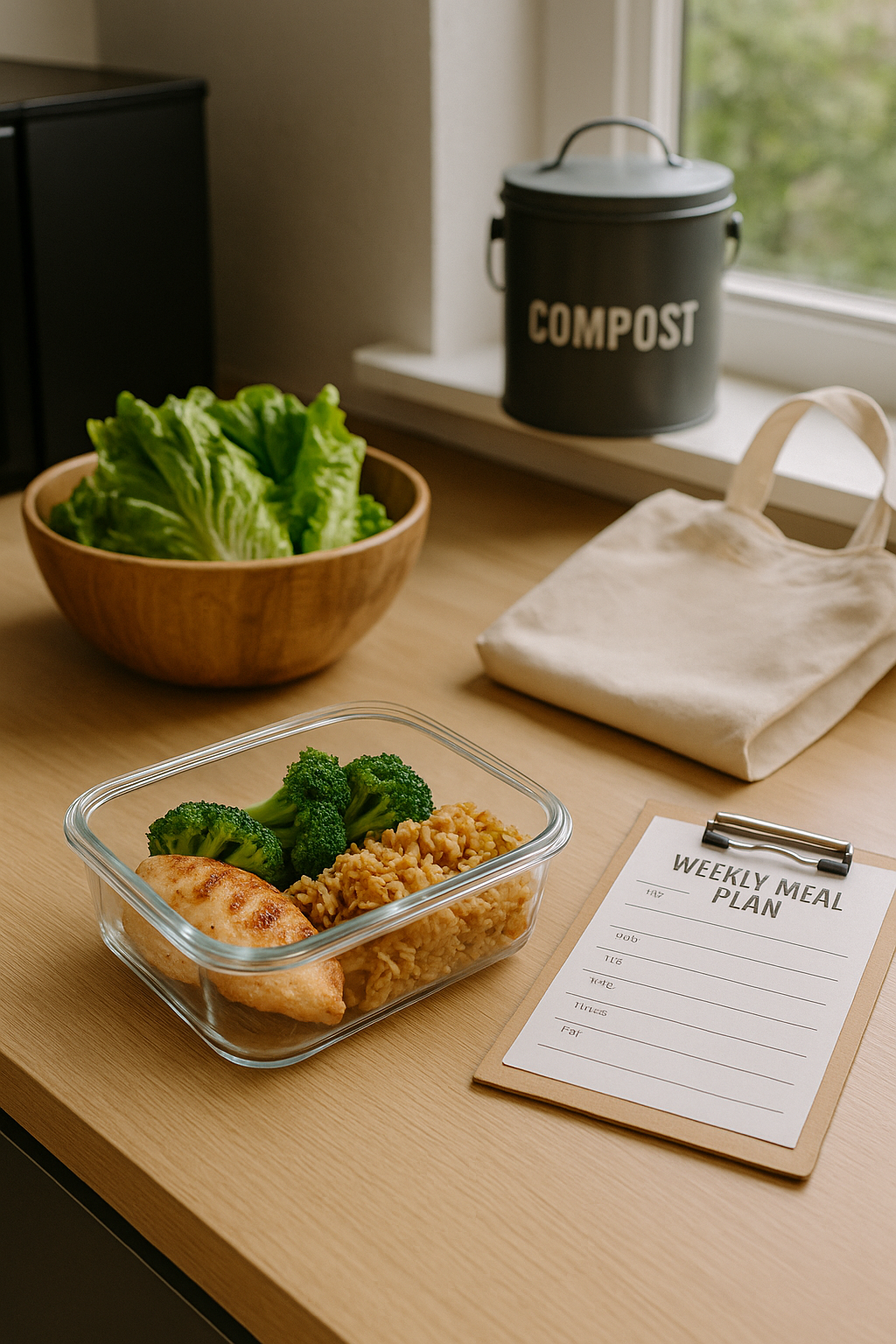
Meal planning, proper food storage, and composting scraps help reduce waste and support an eco-friendly home.
Plant Native Species
Native plants thrive with minimal water and pesticides, supporting local wildlife. For example, milkweed attracts pollinators like monarch butterflies. Replace grass with clover or moss for a low-maintenance lawn that absorbs more CO2.
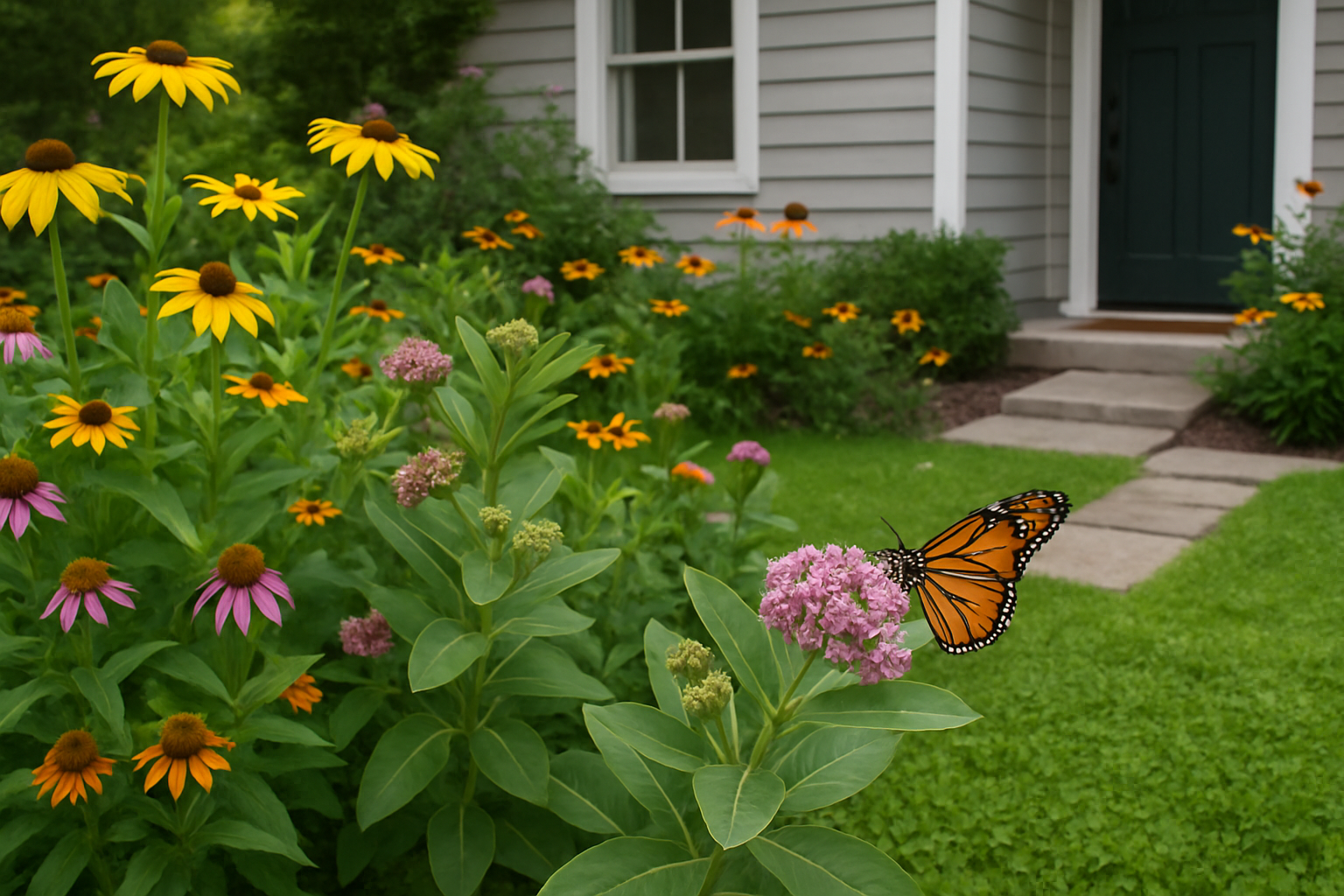
Native plants like milkweed and clover require less water and pesticides, providing habitat for pollinators and promoting a healthier, eco-friendly home environment.
Use Cloth Instead of Paper Towels
Paper towels generate 254 million tons of waste yearly. Reusable cloth towels or old T-shirts work just as well. Wash and reuse them to save trees and money.
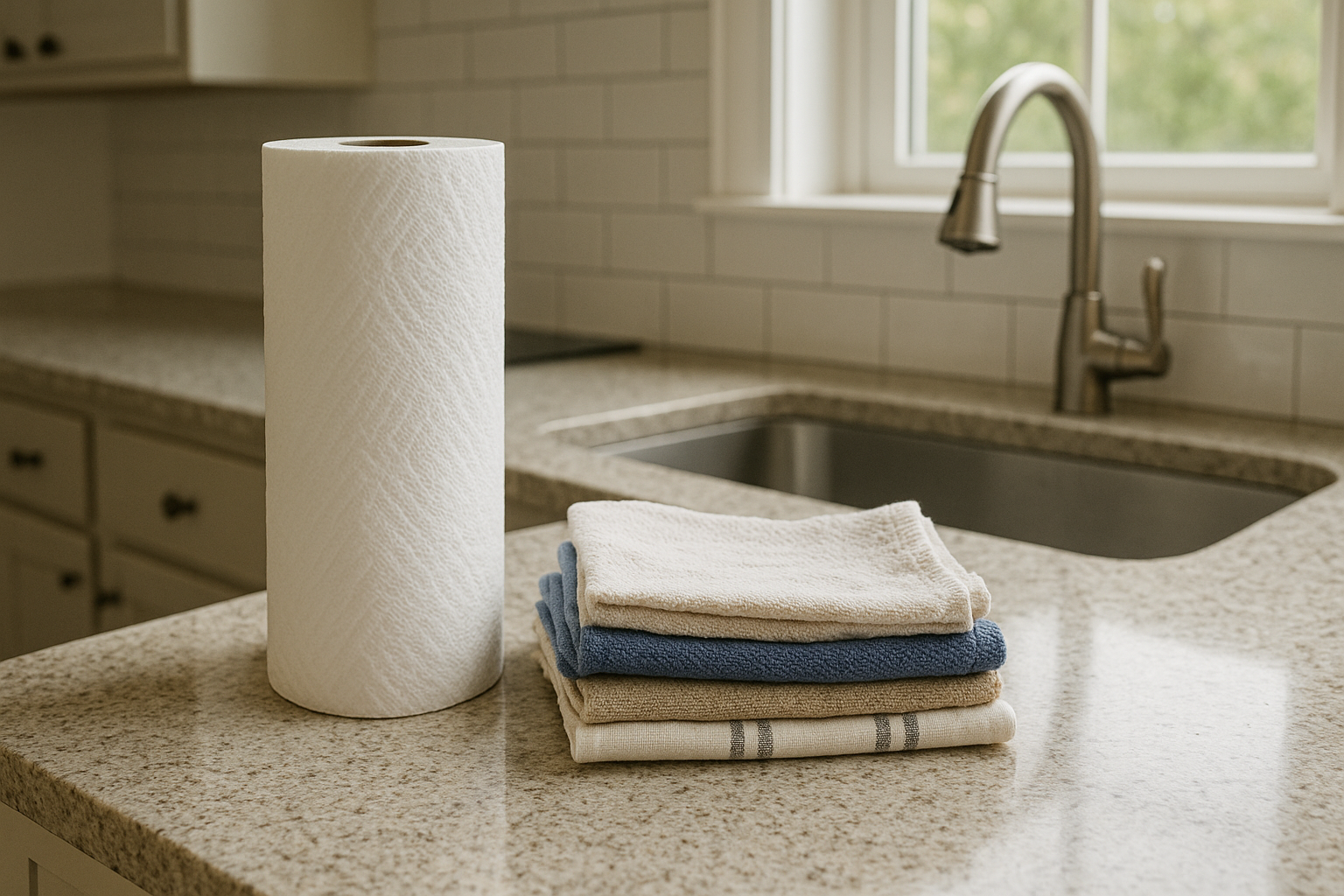
Replace single-use paper towels with washable cloths or old T-shirts to reduce waste and save money—a simple switch for a greener home
Insulate Your Home Properly
Poor insulation forces heaters to work overtime. Seal gaps around windows and doors with weather-stripping. Add attic insulation to keep warmth in during winter.
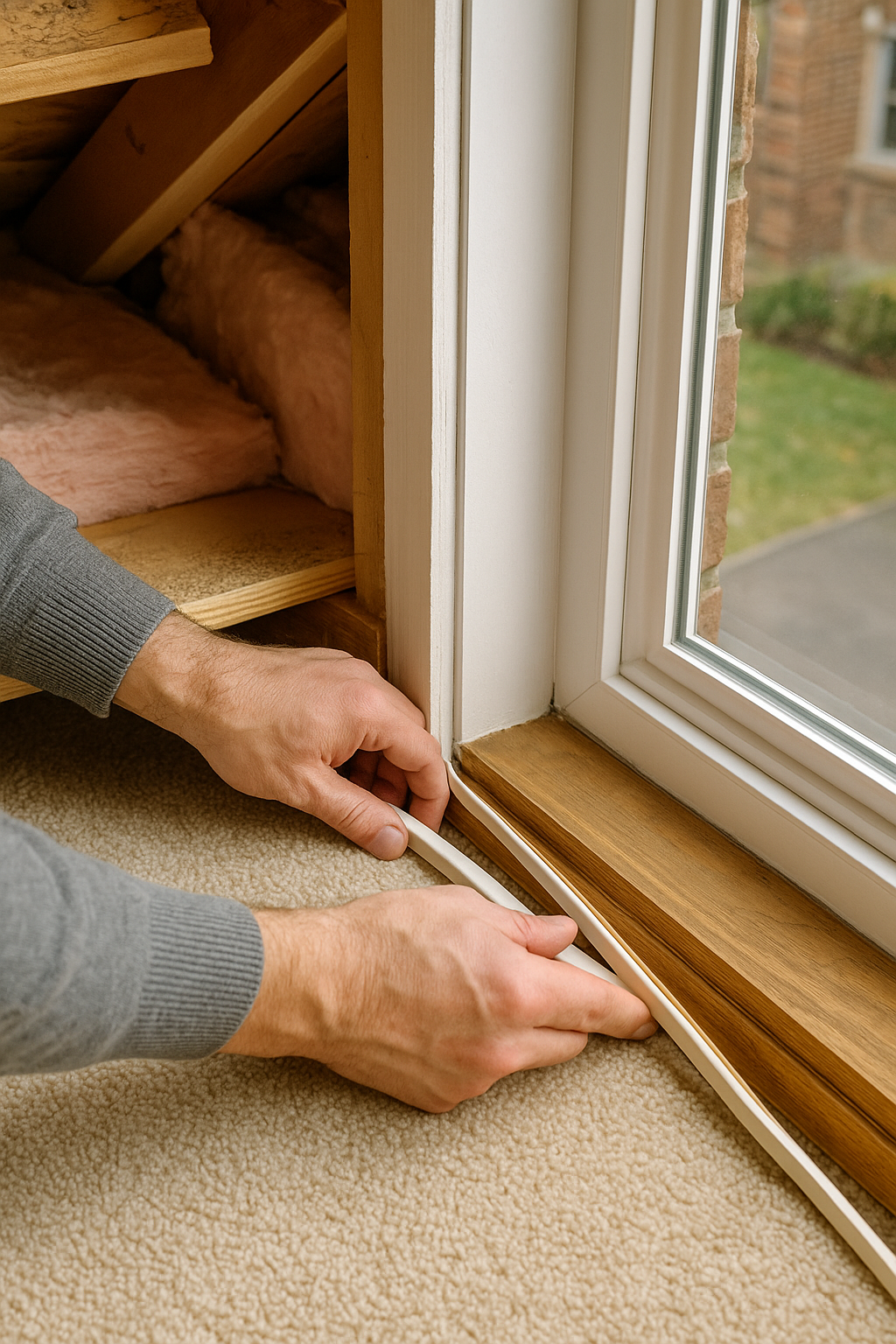
Sealing window gaps with weather-stripping and adding attic insulation helps retain warmth and lowers energy bills—simple upgrades for an eco-friendly home.
Embrace Reusable Shopping Bags
Plastic bags take 1,000 years to decompose. Keep reusable bags in your car or by the door. Cotton or jute bags are durable, stylish, and perfect for groceries. Plus, many stores offer discounts for bringing your own!
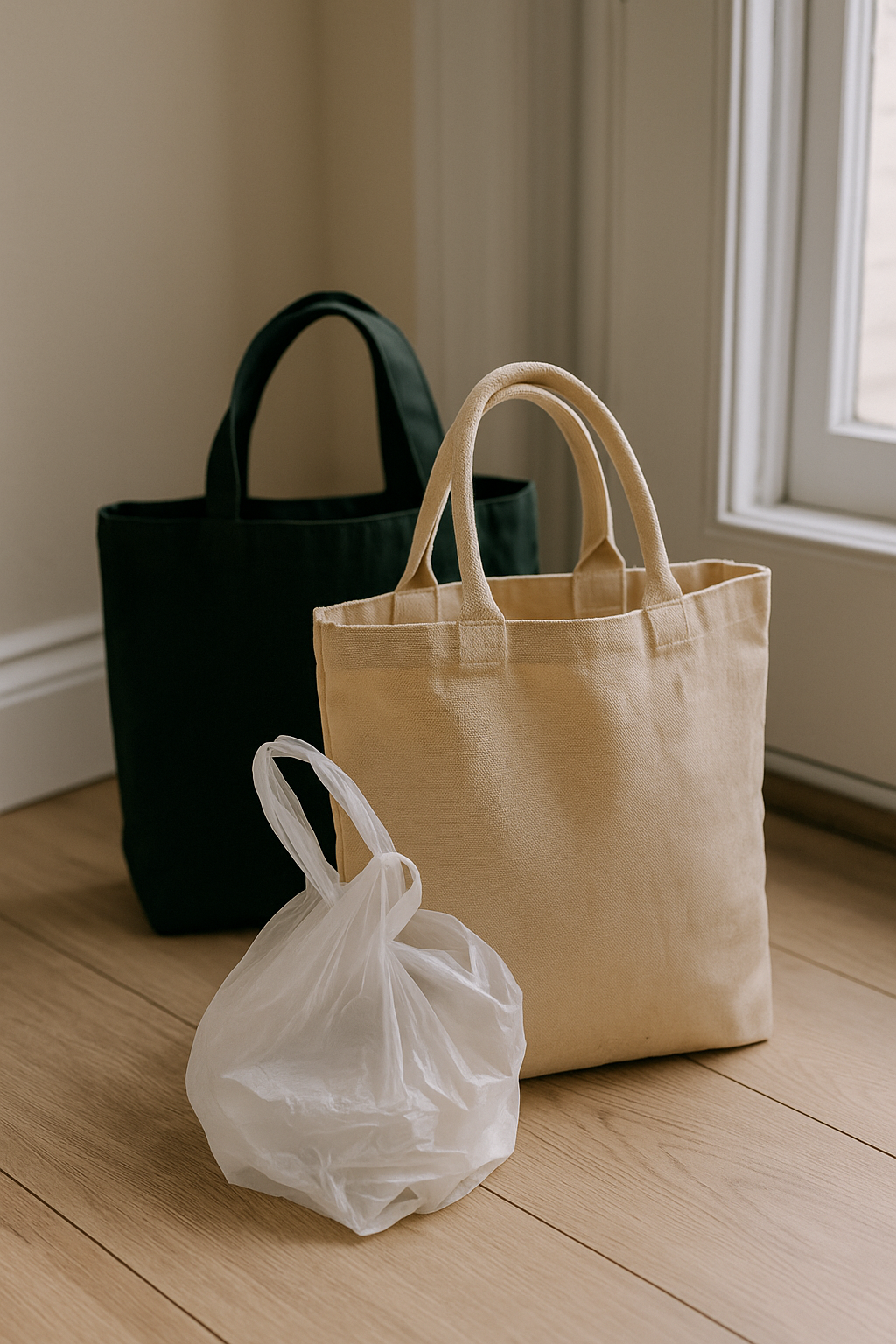
Switching to reusable cotton or jute bags helps reduce plastic waste and supports a greener, more eco-friendly home.
Unplug Devices When Not in Use
“Phantom energy” from idle electronics adds 10% to your bill. Unplug chargers, TVs, and laptops or use smart power strips. This green living tip is effortless but impactful.
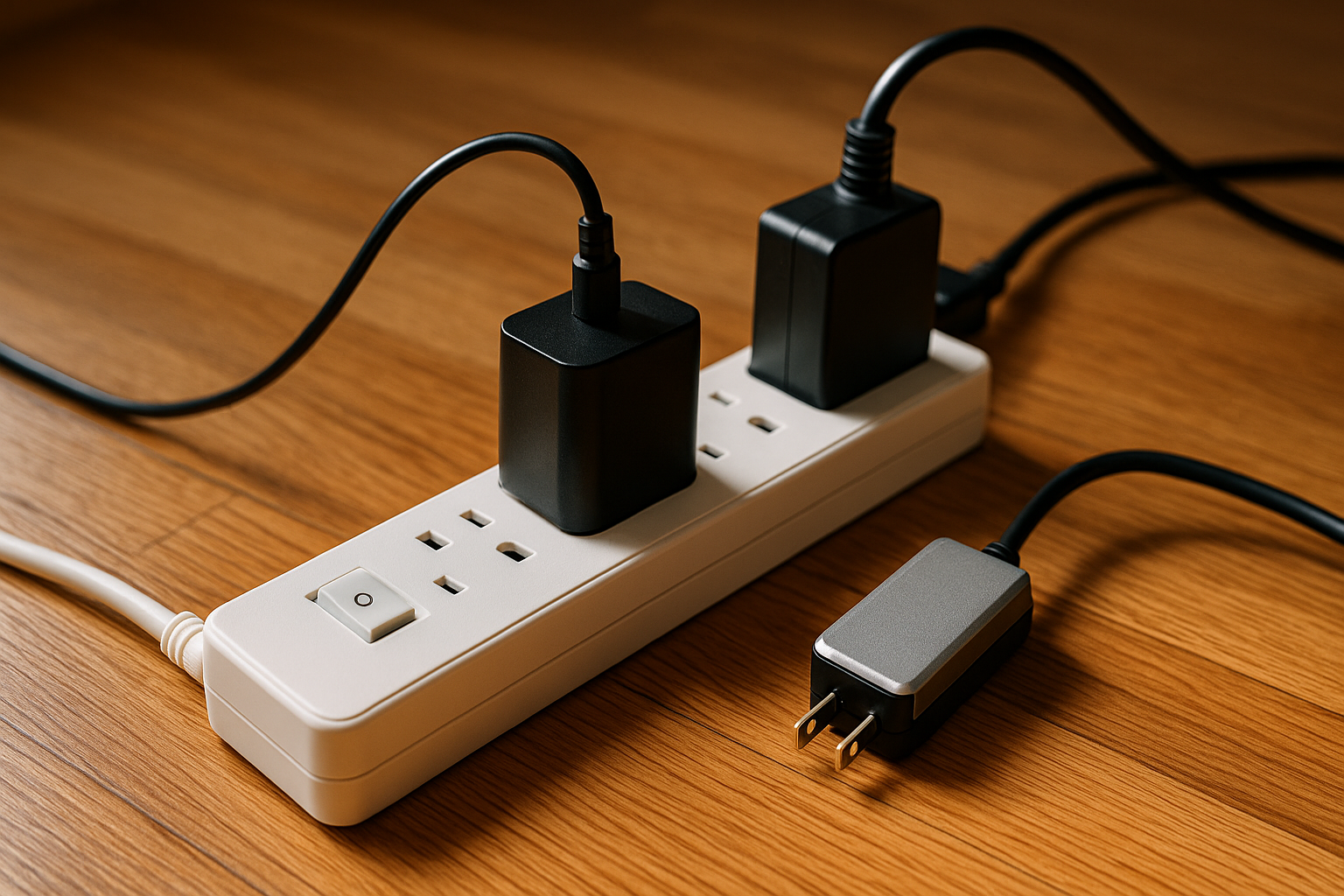
A smart power strip reduces phantom energy use, helping you save on electricity bills while living sustainably
Buy Local and Seasonal Produce
Transporting food globally burns fossil fuels. Shop at farmers’ markets for seasonal fruits and veggies. Local produce is fresher, healthier, and supports community farmers.
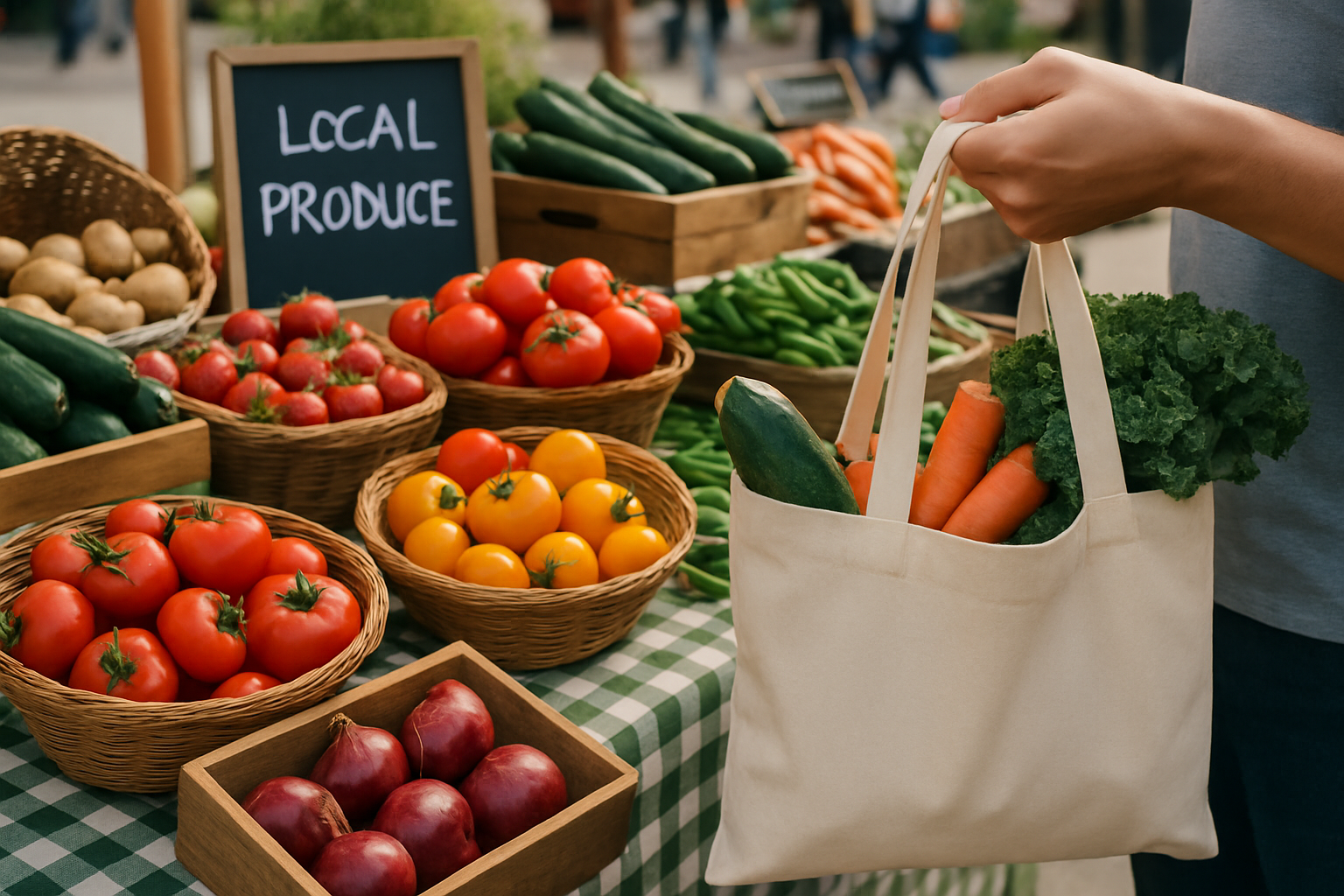
Support your local growers! Choosing seasonal fruits and vegetables from nearby farmers’ markets helps lower your carbon footprint and contributes to a more eco-friendly home. Plus, the produce is often fresher and more nutritious.
Educate and Inspire Others
share your green living journey! Host a DIY workshop or post tips on social media. Collective action drives real change. Remember: small steps lead to big impacts.

One of the most impactful green living tips is simply spreading the word. Organize a DIY sustainability workshop or share your eco-friendly practices on social media. Community-driven action creates ripple effects that benefit everyone
Conclusion
Adopting these 15 Green Living Tips for an Eco-Friendly Home isn’t about perfection—it’s about progress. Start with one or two changes and gradually add more. Every recycled bottle, energy-saving bulb, or compost pile helps heal the planet. Ready to transform your home into a sustainability hub? Begin today!
Thanks for reading!
For more green living tips, sustainable product reviews, and simple ways to make your home more eco-friendly, be sure to explore the rest of our blog. We’re here to help you live lighter on the planet—one tip at a time.
👉 Visit our website Verdiuvo regularly for fresh updates and inspiration!


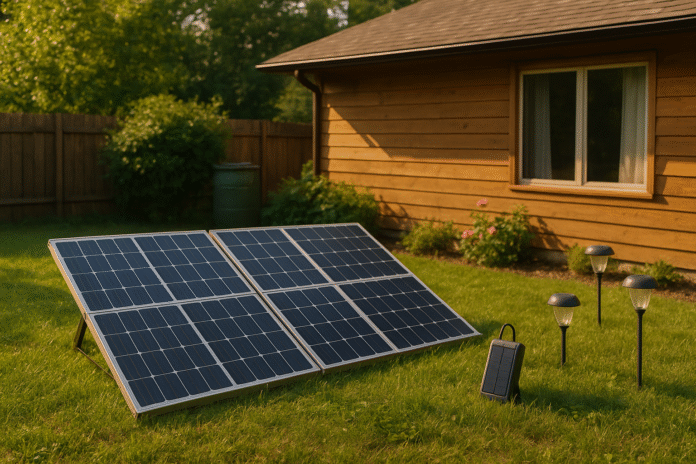

I have recently started a website, the info you offer on this web site has helped me tremendously. Thank you for all of your time & work. “So full of artless jealousy is guilt, It spills itself in fearing to be spilt.” by William Shakespeare.
I truly appreciate your kind words. It’s wonderful to know the information here has been useful for your site — best of luck with your project!